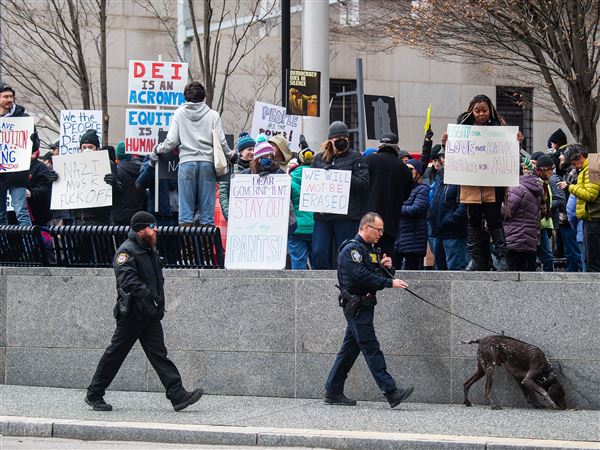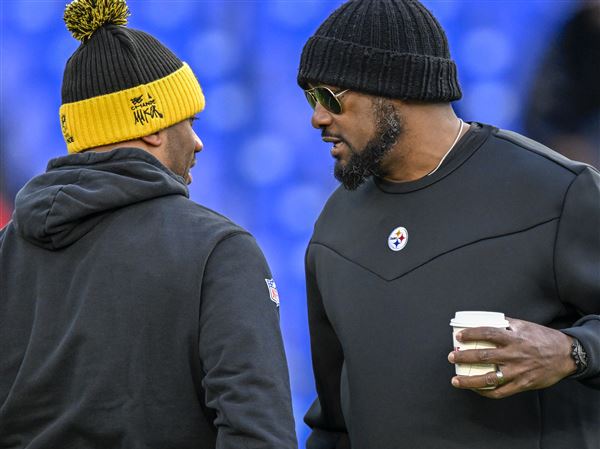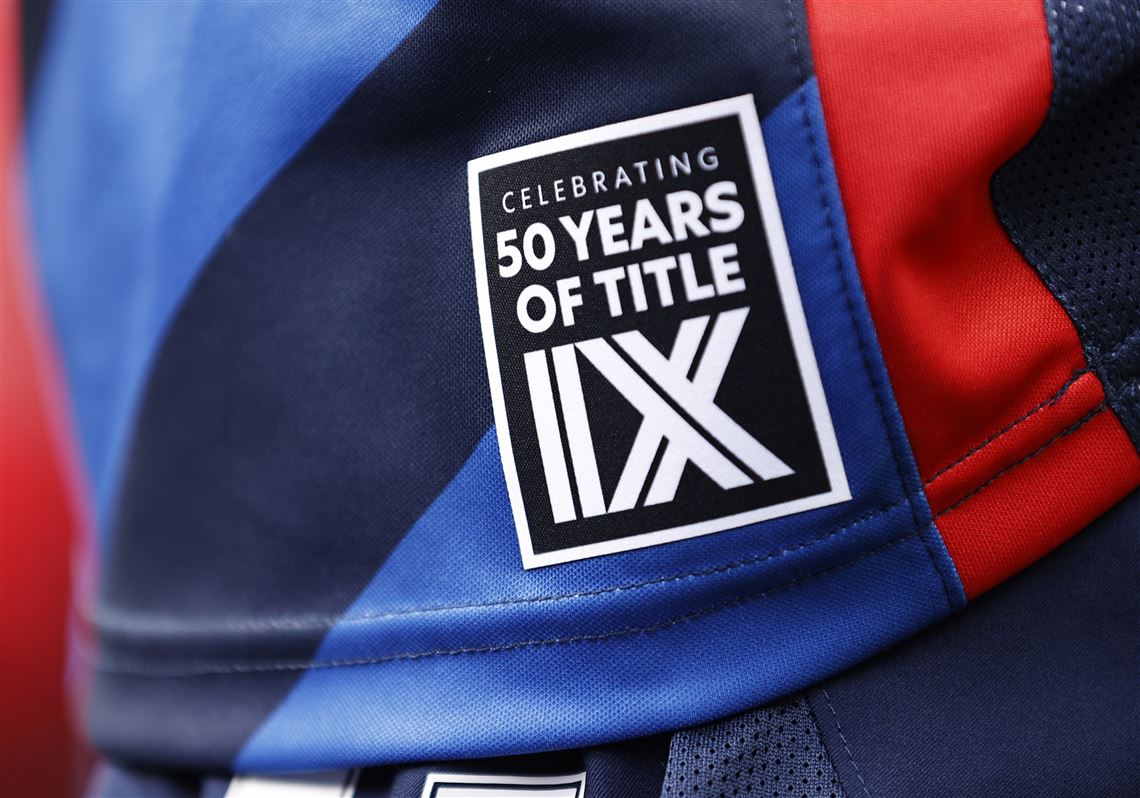The 50 years since Title IX’s passage have been anything but straightforward.
Since it was signed into law in 1972, Title IX has faced numerous challenges and questions while continuing to shape the educational and athletic landscape for women.
Below is a timeline of key events in Title IX’s history.
June 1972: Title IX of the Education Amendments of 1972 is signed into law by President Richard Nixon. The law outlaws sex discrimination in any education or activity program that receives funding from the federal government. It was worked on and introduced by Sen. Birch Bayh, of Indiana, Rep. Edith Green, of Oregon, Rep. Patsy Mink, of Hawaii.
May 1974: A proposed amendment from Sen. John Tower, of Texas, that would exempt revenue-producing sports from Title IX compliance is rejected.
July 1975: The Department of Health, Education and Welfare creates legislation for Title IX enforcement in athletics. Colleges and high schools that receive federal funding are given three years to comply.
July 1976: The NCAA files a lawsuit challenging the legality of Title IX, but the suit is dismissed two years later.
July 1977: Tower, along with fellow senators Dewey Bartlett and Roman Hruska, again introduces a bill that aims to exclude revenue-producing sports from Title IX considerations. The measure doesn’t make it out of committee.
May 1979: In its decision in Cannon v. University of Chicago, the Supreme Court rules individuals have the right to sue educational institutions for Title IX violations.
Dec. 1979: The Department of Health, Education and Welfare outlines a three-part test for whether an institution is in compliance with Title IX. The three factors that determine an entity’s compliance are participation, benefits and treatment, and athletic financial assistance.
Sept. 1980: In Alexander v. Yale, the Supreme Court rules sexual harassment of female students could be considered sex discrimination. Yale establishes a grievance process for students alleging harassment, a move many colleges and universities later implement.
Feb. 1984: The Supreme Court’s decision in Grove City v. Bell concludes Title IX only applies to specific programs that receive federal funding. Given this interpretation, college athletic departments are not necessarily subject to Title IX.
March 1988: Congress passes the Civil Rights Restoration Act of 1987, overriding the Grove City decision by making Title IX applicable to all operations of institutions that receive federal funding. The bill receives widespread, bipartisan support, enough to override a veto from President Ronald Reagan.
Feb. 1992: In Franklin v. Gwinnett County Schools, the Supreme Court rules complainants can receive monetary damages under Title IX.
Oct. 1994: Congress passes the Equity in Athletics Disclosure Act, requiring colleges and universities to file annual reports on opportunities and resources allocated to male and female athletes. The report must include gender-specific data on participation, expenses and coaching salaries, among other figures.
Jan. 1996: The Office for Civil Rights clarifies the three-part test for Title IX compliance, noting a school can prove it’s in compliance by using any of the three tests.
June 2003: A lawsuit filed by the National Wrestling Coaches Association Committee to Save Bucknell Wrestling, Marquette Wrestling Club, Yale Wrestling Association and the College Sports Council alleging Title IX requirements are unconstitutional is dismissed.
March 2005: The Department of Education declares educational institutions can use email surveys with female athletes that ask them what other sports they have an interest in. If the survey results do not show enough interest, the school does not have to add any sports and can remain in compliance with Title IX. The move is criticized for making it easier for athletic departments to deny funding and opportunities for women’s sports.
April 2010: The Department of Education, now under President Barack Obama, rescinds the aforementioned policy from George W. Bush’s presidency.
April 2011: The Department of Education issues a policy guidance emphasizing Title IX’s protections against sexual harassment and assault are applicable to all students, not just athletes.
April 2015: The Office for Civil Rights releases a follow-up letter with more guidelines for Title IX investigators. Under the new policies, institutions are required to use a preponderance of evidence to determine whether a person accused of sexual assault is guilty.
May 2016: The Department of Education and the Department of Justice affirm that Title IX protections apply to transgender students. The guidelines allow transgender students to use bathrooms and locker rooms that align with their gender identity.
Feb. 2017: The Obama-era guidelines for transgender students are repealed shortly after President Donald Trump takes office. Nine months later, the guidance on campus sexual misconduct is also rescinded.
May 2020: The Department of Education enacts a number of changes to Title IX relating to sexual harassment and misconduct that elicit criticism from women’s rights advocates, who believe it lessens an institution’s responsibility in such cases and threatens survivors’ rights.
June 2021: The Department of Education, under President Joe Biden, issues a federal notice reaffirming Title IX’s role in shielding transgender and nonbinary students from discrimination. The move comes after 31 states brought forth legislation that would have banned transgender high school athletes from competing in sports that align with their gender identity.
Craig Meyer: cmeyer@post-gazette.com and Twitter @CraigMeyerPG
First Published: June 5, 2022, 11:00 a.m.



















